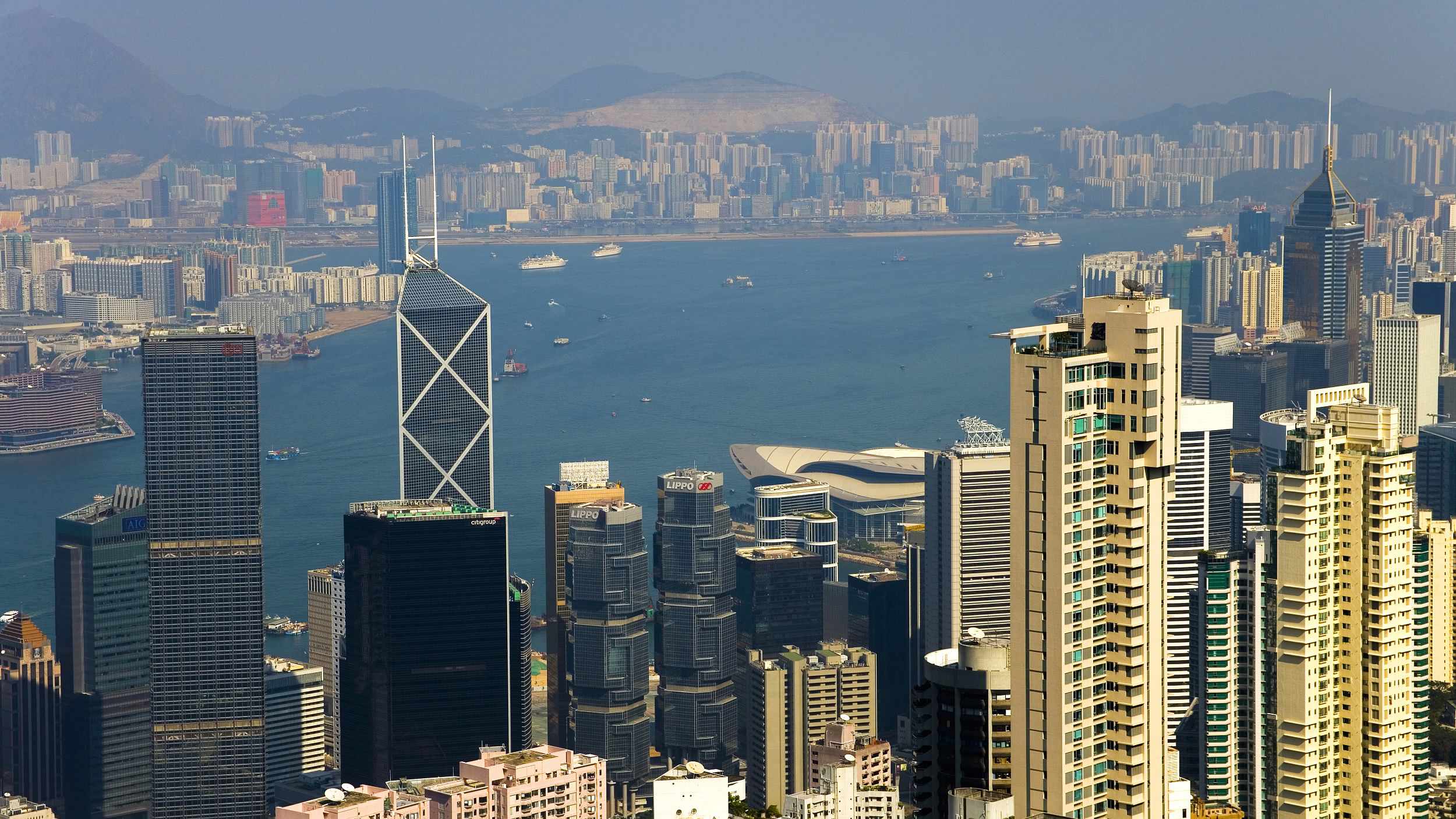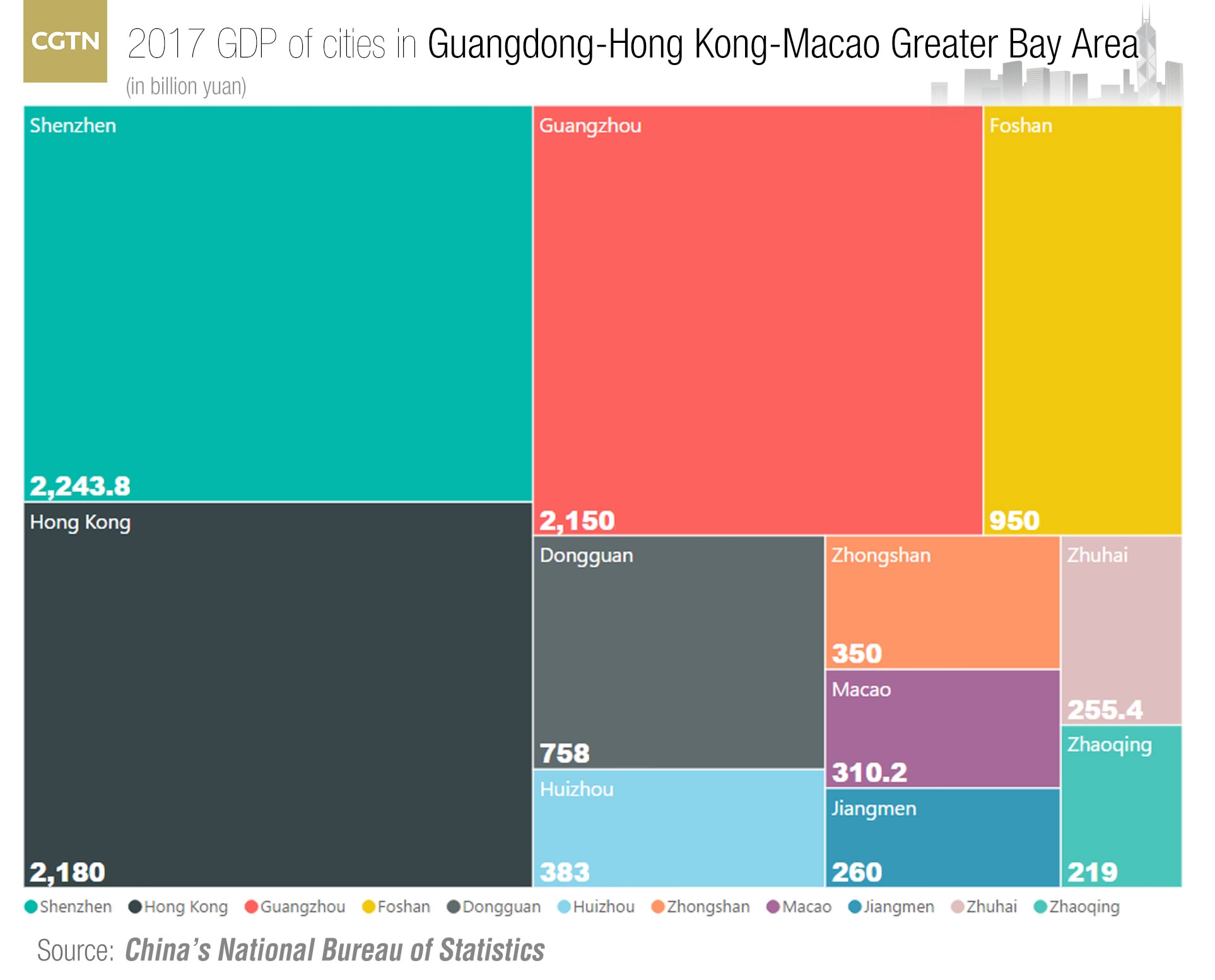
Business
17:28, 09-Apr-2018
China’s Greater Bay Area to build world-class innovation center
By CGTN’s Yang Jing in Boao, Hainan Province

China's Guangdong-Hong Kong-Macao Greater Bay Area will make joint efforts in boosting innovation and breaking down barriers, officials from the three regions said Monday at the Boao Forum for Asia (BFA) Annual Conference 2018.
The greater bay area is China’s most developed region with the world’s largest cluster of harbors and airports, but it faces a huge gap in terms of innovation compared with other leading bay areas, Ma Xingrui, Governor of South China's Guangdong Province said at BFA.

Therefore, the greater bay area plans to build a global innovation center covering Hong Kong, Macao, Guangzhou and Shenzhen, Ma said, noting that the area can help Hong Kong get rid of the land limit and give full play to its advantages in education and healthcare.
China’s greater bay area initiative, which was first addressed in the country’s 13th Five-Year Plan (2016-2020), plans to combine the three regions in order to turn it into one of the world’s top bay areas and world-class city clusters.
To fulfill the ambition, the three regions have discussed how to facilitate the flow of people, products, capital and information, Carrie Lam Cheng Yuet-ngor, Chief Executive of Hong Kong, said at the forum.
As a global financial center and the world’s biggest offshore renminbi hub, Hong Kong can make great contributions to the integration of the bay area, according to Lam.
Ma also considers connecting the bay area a major task and he said breaking down the barriers may start from labor and transportation.
Compared with current world-class bay areas, such as New York City and Tokyo, China’s greater bay area remains competitive in terms of GDP and population.
In 2016, China’s greater bay area reported 1.3 trillion US dollars, not far from Tokyo bay area’s 1.8 trillion US dollars, and the GDP of China’s greater bay area is expected to double in 2030, Victor Fung, Chairman of Hong Kong-based Fung Group, said at the forum.
At present the greater bay area has a total population of 68 million, which is estimated to surge to about 120 million in 2050, according to Ma.

SITEMAP
Copyright © 2018 CGTN. Beijing ICP prepared NO.16065310-3
Copyright © 2018 CGTN. Beijing ICP prepared NO.16065310-3